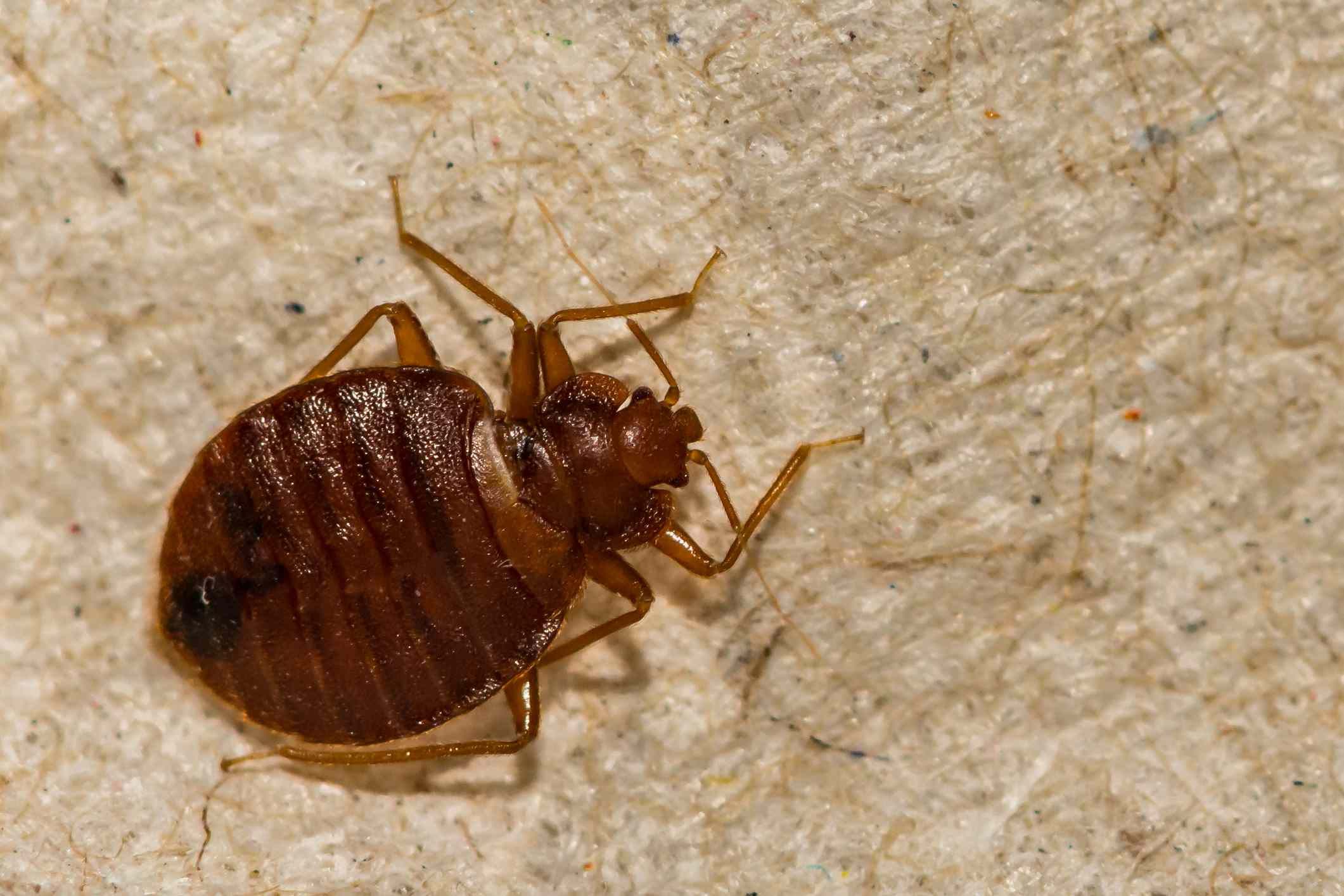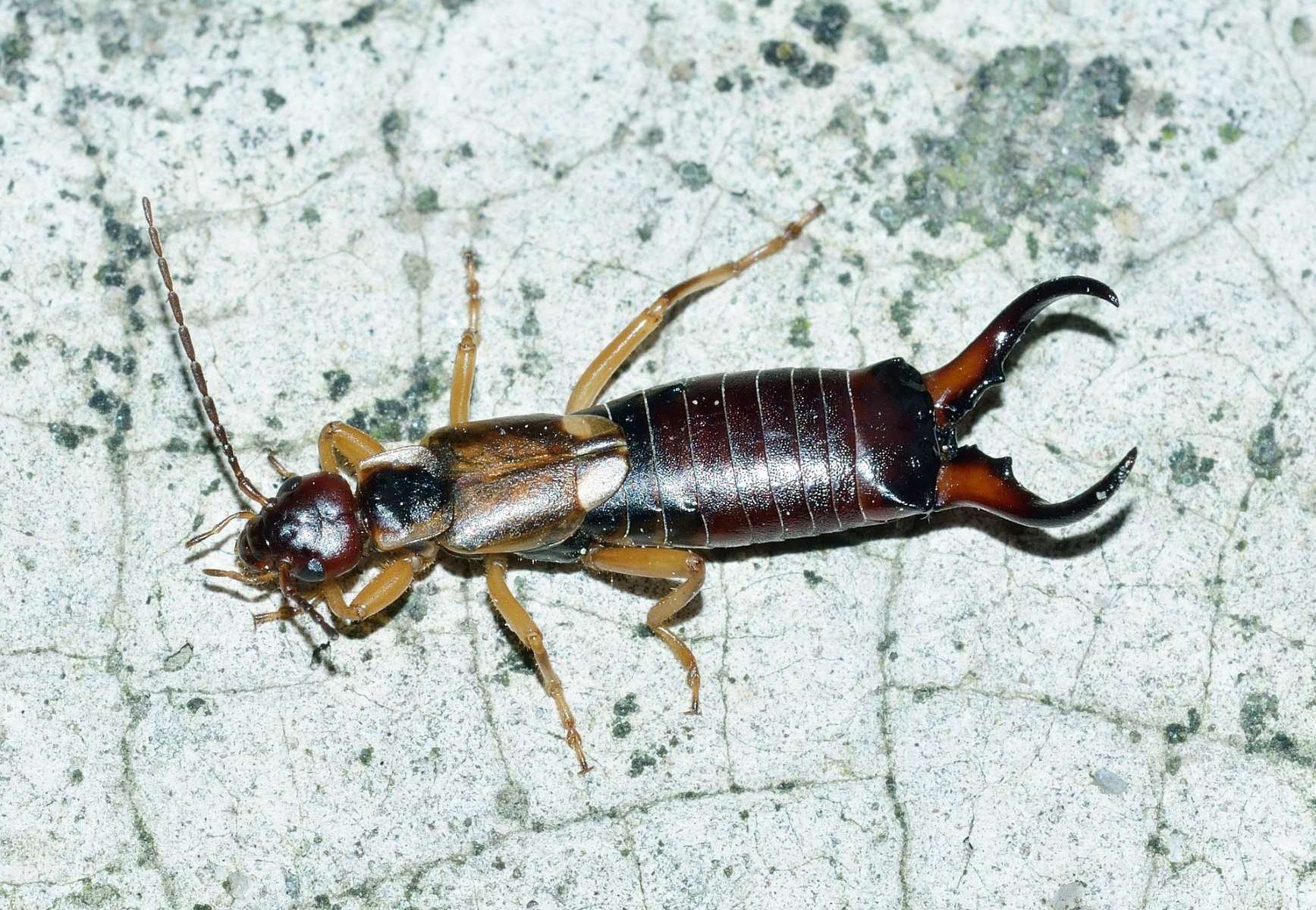Home>Opinion and Editorial>The Ultimate Showdown: Bed Bugs Vs Cockroaches – Which Is The Most Terrifying Pest?


Opinion and Editorial
The Ultimate Showdown: Bed Bugs Vs Cockroaches – Which Is The Most Terrifying Pest?
Published: January 24, 2024
Discover the ultimate showdown between bed bugs and cockroaches to determine which pest is the most terrifying. Gain expert opinions and editorials on this pressing issue.
(Many of the links in this article redirect to a specific reviewed product. Your purchase of these products through affiliate links helps to generate commission for Regretless.com, at no extra cost. Learn more)
Table of Contents
Introduction
When it comes to pests, few things send shivers down the spine like the mention of bed bugs and cockroaches. These notorious creatures have long been the bane of homeowners, causing distress and disgust in equal measure. While both bed bugs and cockroaches are unwelcome guests in any household, the debate rages on about which of these pests is the most terrifying.
In this comprehensive comparison, we will delve into the physical characteristics, behavior and habits, health risks, and infestation control of bed bugs and cockroaches. By the end of this exploration, you will gain a deeper understanding of these pests and be better equipped to handle any unwelcome encounters in the future. Let's embark on this journey to uncover the ultimate showdown between bed bugs and cockroaches, and determine which of these pests reigns supreme in the realm of terror.
Physical Characteristics
Bed bugs and cockroaches are distinguishable by their unique physical characteristics, which play a significant role in their identification and management.
Bed Bugs
Bed bugs, scientifically known as Cimex lectularius, are small, reddish-brown insects that measure about 5-7 millimeters in length. They have flat, oval-shaped bodies, which allow them to hide in narrow cracks and crevices, particularly in and around beds and furniture. These nocturnal pests are wingless, relying on their six legs to maneuver swiftly through their environment. A key identifying feature of bed bugs is their prominent proboscis, a specialized mouthpart that they use to pierce the skin of their hosts and feed on blood.
Cockroaches
Cockroaches, on the other hand, exhibit a more robust and adaptable physique. These resilient insects come in various species, but the common household cockroach, such as the American and German cockroaches, typically ranges from 1/2 to 2 inches in length. They possess a flattened, oval-shaped body, with long, spiny legs that enable them to scuttle at alarming speeds. Unlike bed bugs, cockroaches are equipped with wings, although not all species are capable of sustained flight. Their coloration varies from reddish-brown to dark brown, often blending seamlessly with their surroundings.
In summary, while bed bugs and cockroaches share certain similarities in their physical attributes, such as their flattened bodies and nocturnal tendencies, their distinct features set them apart. Understanding these physical characteristics is crucial in identifying and implementing targeted pest control measures to combat infestations effectively.
Behavior and Habits
Bed Bugs
Bed bugs are notorious for their stealthy and elusive behavior. These nocturnal pests are adept at remaining hidden during daylight hours, emerging under the cover of darkness to seek out their blood meal. Their preference for human blood makes bedrooms and sleeping areas their primary hunting grounds. Bed bugs are attracted to the carbon dioxide and body heat emitted by their hosts, enabling them to detect potential feeding opportunities. Once they locate a suitable host, they use their specialized mouthparts to pierce the skin and extract blood, typically feeding for 5-10 minutes before retreating to their hiding spots. Remarkably, bed bugs can survive for several months without feeding, making them incredibly resilient and challenging to eradicate.
Cockroaches
Cockroaches are renowned for their adaptability and survival instincts. These resilient insects are highly versatile, thriving in a wide range of environments and displaying a remarkable ability to withstand adverse conditions. Cockroaches are predominantly nocturnal, preferring to forage and scavenge under the cover of darkness. They are omnivorous scavengers, feeding on a diverse diet that includes organic matter, decaying food, and even non-organic substances. Their scavenging behavior often leads them to infest kitchens, pantries, and areas with food debris, posing a significant threat to hygiene and food safety. Cockroaches are also known for their rapid reproduction rates, with a single female capable of producing hundreds of offspring in her lifetime.
In summary, bed bugs and cockroaches exhibit distinct behavioral patterns and habits that contribute to their notoriety as household pests. While bed bugs rely on stealth and blood meals for survival, cockroaches demonstrate adaptability, scavenging tendencies, and prolific reproductive capabilities. Understanding these behavioral traits is essential in devising effective pest management strategies to curb infestations and minimize the risks associated with these unwanted intruders.
Health Risks
Bed bugs and cockroaches pose significant health risks to humans, albeit through different mechanisms. Understanding these risks is crucial for implementing proactive measures to mitigate potential harm.
Bed Bugs
The primary health concern associated with bed bugs stems from their bites. While bed bug bites are not known to transmit diseases, they can trigger allergic reactions in some individuals, leading to redness, itching, and swelling at the bite site. Prolonged exposure to bed bug infestations can result in heightened stress and anxiety, impacting mental well-being. Furthermore, the incessant itching and discomfort caused by bed bug bites can disrupt sleep patterns, leading to fatigue and irritability. In rare cases, excessive scratching of bites may lead to secondary skin infections, necessitating medical attention. Additionally, the psychological toll of dealing with a persistent bed bug infestation can manifest as insomnia, anxiety disorders, and heightened stress levels, significantly impacting overall quality of life.
Cockroaches
Cockroaches, on the other hand, pose a multifaceted threat to human health. These resilient pests are known carriers of pathogens and allergens, making them potential vectors for disease transmission. Cockroach allergens, present in their saliva, feces, and shed exoskeletons, can trigger allergic reactions and exacerbate asthma symptoms, particularly in children and sensitive individuals. Furthermore, cockroaches are capable of harboring and transmitting various bacteria, including Salmonella and E. coli, through their indiscriminate foraging behavior. Contaminated surfaces and food items can lead to foodborne illnesses, posing a significant health risk to households with cockroach infestations. Moreover, the musty odor emitted by cockroaches can contribute to indoor air pollution, further compromising respiratory health.
In summary, while bed bugs primarily inflict physical and psychological distress through their bites and persistent presence, cockroaches present a broader spectrum of health risks, encompassing allergic reactions, asthma exacerbation, and the potential for transmitting harmful pathogens. Both pests warrant prompt attention and targeted control measures to safeguard human health and well-being.
Infestation and Control
Infestations of bed bugs and cockroaches can wreak havoc on households, necessitating swift and strategic pest control measures to mitigate the spread and impact of these pests.
Bed Bugs
Bed bug infestations often start subtly, with initial signs including unexplained bites on occupants, small bloodstains on bedding, and the presence of exoskeletons shed by molting bed bugs. As infestations progress, these elusive pests multiply rapidly, hiding in mattress seams, headboards, furniture crevices, and electrical outlets. Effective control of bed bugs requires a multifaceted approach, encompassing thorough inspection, targeted treatment, and preventive measures. Professional pest control services may employ methods such as vacuuming, steaming, and the application of residual insecticides to eliminate bed bugs at various life stages. Additionally, integrated pest management strategies, including decluttering, laundering infested items, and encasing mattresses, are essential for long-term control and prevention of bed bug infestations.
Cockroaches
Cockroach infestations often stem from unsanitary conditions, food debris, and conducive environments that support their survival and reproduction. Identifying cockroach infestations involves recognizing their fecal droppings, egg casings, and a musty odor indicative of their presence. Control of cockroaches necessitates a comprehensive approach, addressing sanitation, harborage reduction, and targeted insecticidal treatments. Integrated pest management techniques, such as sealing entry points, repairing leaks, and eliminating food and water sources, play a pivotal role in preventing cockroach infestations. Furthermore, the strategic application of baits, insect growth regulators, and residual insecticides, often administered by professional pest control services, is essential for eradicating cockroaches and disrupting their reproductive cycle.
In both cases, proactive measures such as regular inspections, maintenance of cleanliness, and vigilance in identifying early signs of infestation are crucial for effective pest control. By implementing a combination of preventive measures and targeted treatments, households can combat bed bug and cockroach infestations, creating a safer and healthier living environment for occupants.
The battle against bed bugs and cockroaches is an ongoing endeavor, requiring diligence, persistence, and a proactive approach to minimize the risks associated with these resilient pests. Through informed pest control practices and a commitment to integrated management strategies, households can fortify their defenses and reclaim their spaces from the clutches of these notorious intruders.
Conclusion
In conclusion, the ultimate showdown between bed bugs and cockroaches reveals a nuanced landscape of pest-related challenges that homeowners may encounter. While both pests evoke feelings of dread and discomfort, their distinct physical characteristics, behavior and habits, health risks, and infestation control mechanisms underscore the importance of understanding and addressing these issues effectively.
Bed bugs, with their stealthy nocturnal habits and reliance on blood meals, instigate distress through their bites and persistent presence. Their ability to survive for extended periods without feeding poses a formidable challenge, necessitating meticulous inspection and targeted treatments to combat infestations. On the other hand, cockroaches' adaptability, scavenging tendencies, and potential for transmitting pathogens amplify the health risks associated with their presence. Effective cockroach control demands a comprehensive approach, encompassing sanitation, harborage reduction, and strategic insecticidal treatments.
The health implications of bed bug bites and the potential for allergic reactions and disease transmission from cockroaches underscore the urgent need for proactive pest management. By implementing integrated pest management strategies, including regular inspections, cleanliness maintenance, and targeted treatments, households can fortify their defenses against bed bugs and cockroaches, creating safer and healthier living environments for occupants.
Ultimately, the battle against bed bugs and cockroaches is an ongoing endeavor, requiring diligence, persistence, and a proactive approach to minimize the risks associated with these resilient pests. Through informed pest control practices and a commitment to integrated management strategies, households can reclaim their spaces from the clutches of these notorious intruders, fostering a sense of security and well-being for all inhabitants.












